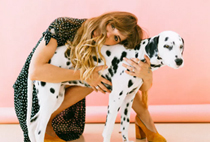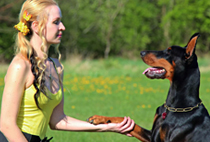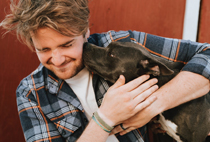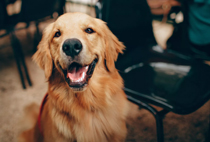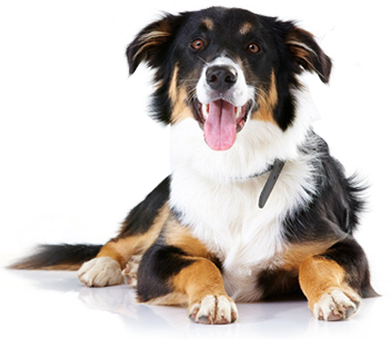Common Dog Paw Problems and Their Preventions
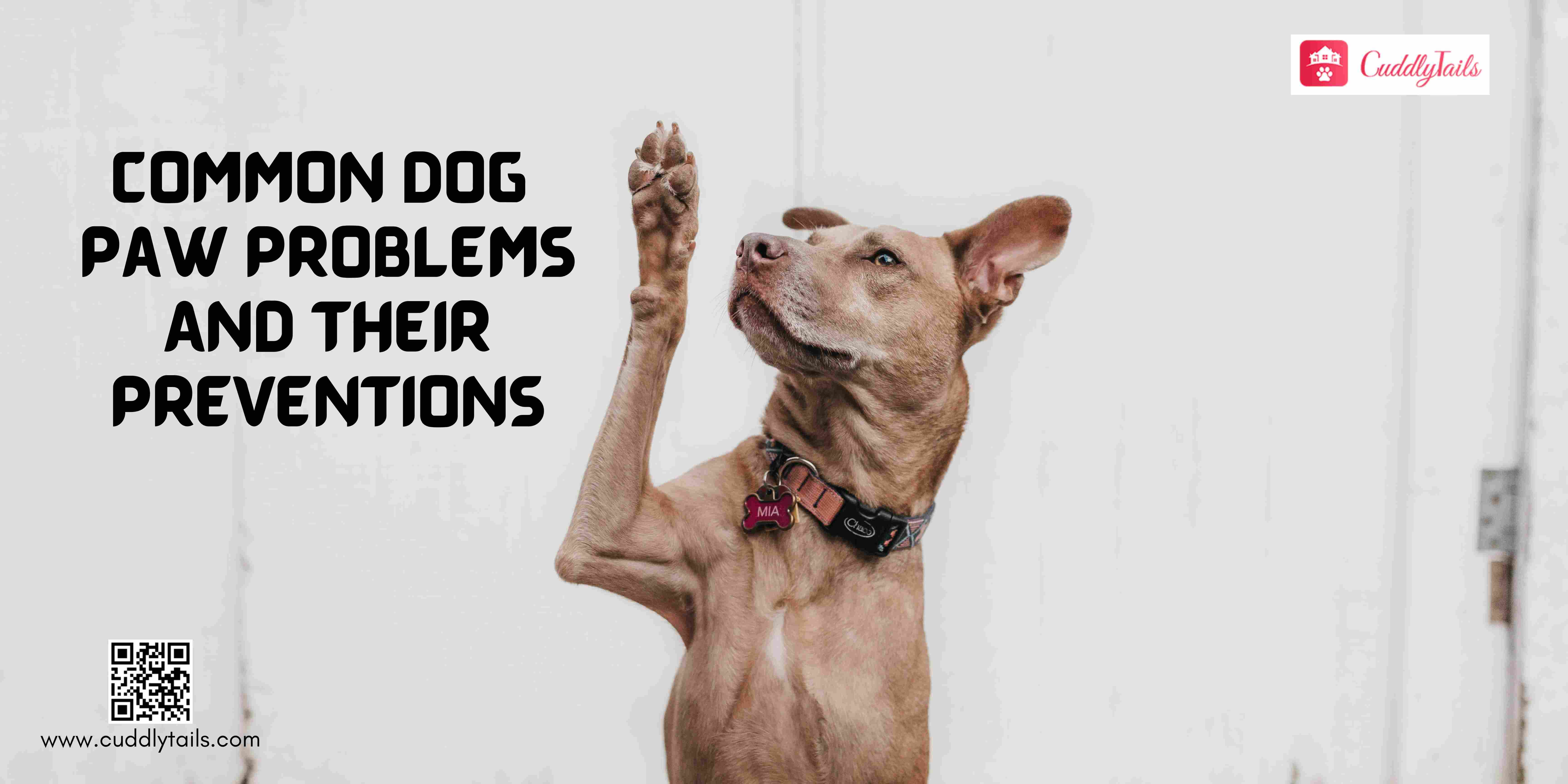
- September 10, 2022
- Posted by Admin
- Dogs, Cuddly Tails, News
Just as cute dog paws are and make our pups look more adorable, they are an essential component in a dog's anatomy. From providing insulation and traction for their feet, assisting in slowing down or stopping, to acting as a shock absorber for their feet and leg bones, paw pads serve several other purposes.
Though paws are naturally designed for weary activities, they do get injured. These injuries result in serious health concerns that pet parents should attend quickly.
These are the 8 Common Dog Paw Problems and Their Preventions:
#1 Cuts, Abrasions, or Lacerations
Cuts, abrasions, or lacerations can occur when a sharp object penetrates your dog's paws. Dogs walk and run on different terrains, and therefore, stones, debris, broken glass, sticks and other similar things can cut through the paws, resulting in an injury.
You can prevent these cuts by checking the terrain for sharp particles before walking your dog. You can also make your dog wear booties for added safety.
#2 Dry & Cracked Paw Pads
Dry and cracked paw pads are caused by extreme weather conditions, chemicals, and rough terrain. Excessive licking or chewing and cracks are some of the signs of dry pads.
The best prevention here is to inspect your puppy's paws for redness or cracks regularly. You can also protect their paws with booties, prefer walking on smooth surfaces, and avoid going out in extreme weather.
#3 Burns & Blisters
Walking on hot surfaces can severely damage your fur baby's paws, causing burns and blisters that are highly painful. You can identify burns by looking for swelling, redness, or burnt-texture on the pads. Quickly consult your vet if you find them as burns are serious health issues.
The prevention here is to identify when it's not safe for your dog to walk. To do that, the rule is simple: if you can't touch the pavement with the back of your hand for at least 10 seconds, then it is too hot for your dog to walk on.
#4 Itchiness Due To Allergies
Pollens, dust, mold spores, feathers, and fleas can get stuck in your puppy's paws, causing an allergic reaction. Symptoms include itchiness, irritation, rapid sneezing, excessive chewing or licking of paws, swelling, among others.
To prevent allergies, avoid walking in parks and areas with high pollen density. You can also stop walking in the early morning or late afternoon when the pollen growth is highest.
After returning from the walk, wipe your dog's paws and body with a hypoallergenic fragrance-free wipe or moist cloth. Also, using booties is always a nice idea to prevent foreign particles from entering your dog's paws.
#5 Fungal and Bacterial Infections
A bacterial infection is caused when the amount of bacteria on your dog's paws increases than the normal amount. Bacterial and fungal infections are secondary problems, meaning that they occur due to a previous health issue.
Allergies, medical conditions, and antibiotics are the most general causes of these infections. The symptoms include brown greasy discharge from the nail beds, redness, itchiness, and swelling in the paws.
Bacteria and fungus grow rapidly in moist dark places so make sure you keep your dog dry. As a method of prevention, you can also use an antifungal shampoo to bathe your dog.
#6 Pain Due To Nail Issues
During playing, walking, or running, dogs often hurt their nails, resulting in an injured, torn, or fractured nail. These types of injuries cause pain and bleeding and can give way to secondary infections.
Taking proper care of your dog's nails and keeping them in the right length is the best bet against nail issues. However, in case of nail injuries, it's advised to consult with your vet as they can assess the situation effectively.
#7 Issues Due To Parasites
Parasites like ticks and mites are known to cause many health issues – pain and infections being the least. Ticks can hide in between your dog's toes, whereas mites can infest the paws.
The best course of action here is to start preventative medications for your dog as soon as possible. Also, make sure to regularly clean their feces, maintain proper hygiene, and check their coat and paws for ticks or fleas.
#8 Cysts, Growths, & Lumps
Cysts and similar growths can occur as a result of genetics, skin infection, and trauma. Therefore, protecting from skin infections and treating trauma in your dog is the best prevention against cysts, growths and lumps.
Cuddlytails is a leading name in the pet care industry, providing pet parents with trailblazing services like dog walking & sitting, dog boarding, and day check-in.
Visit www.cuddlytails.com or download the android or iOS app to easily find a dog sitter near me.
Thanks you,
The CuddlyTails team